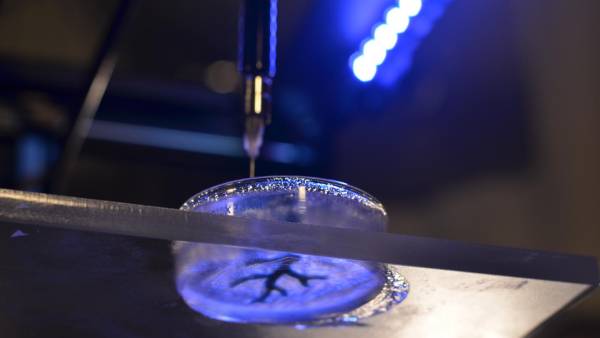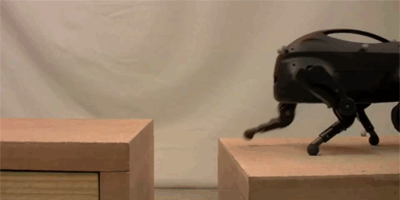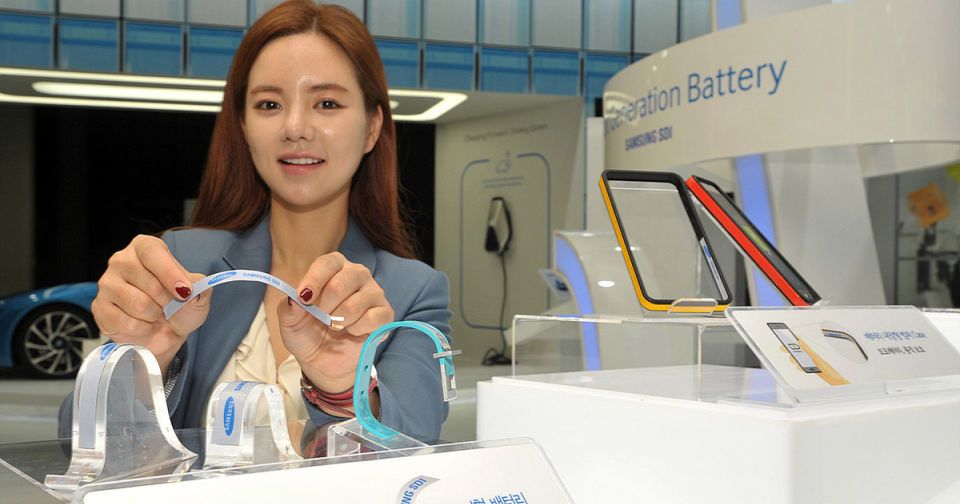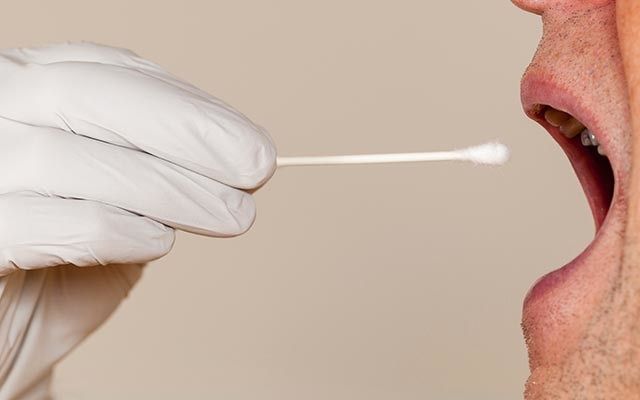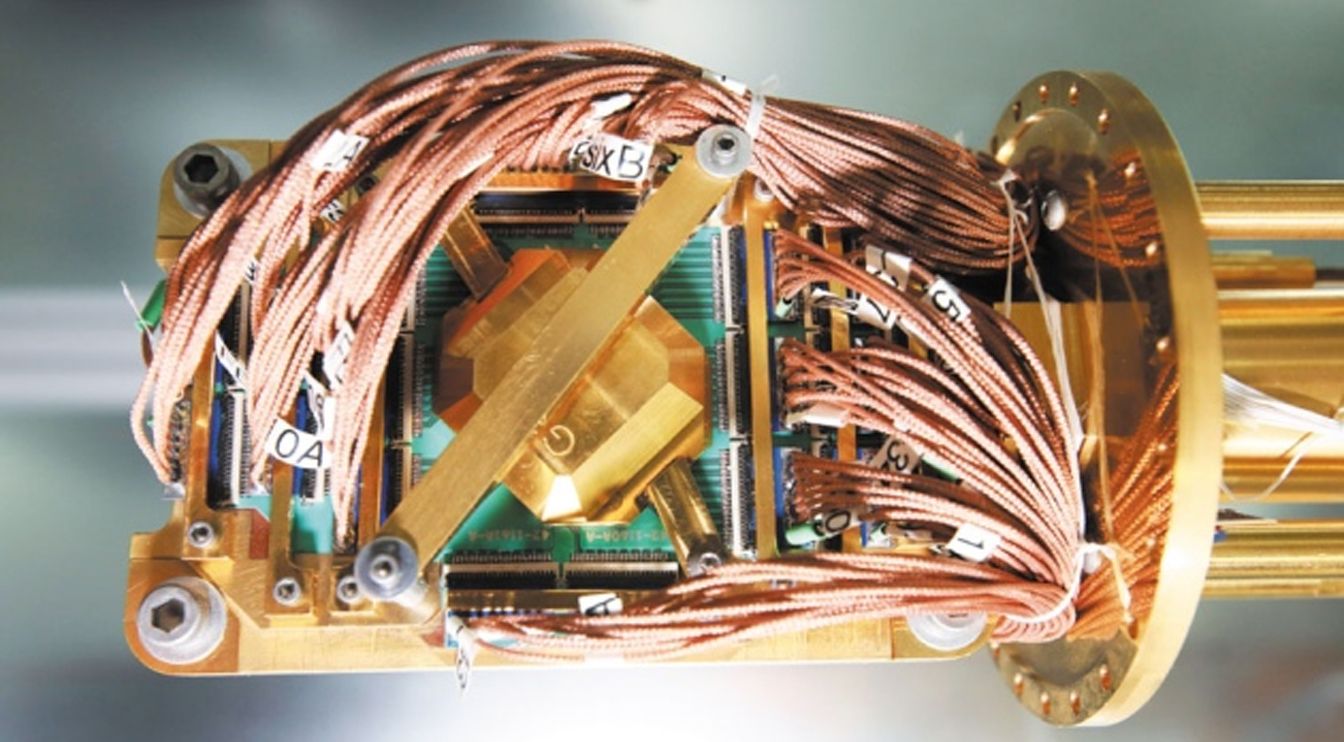Adam Alonzi has made another excellent film about the power of gene therapy.
Narrated and produced by Adam Alonzi. Music arranged by Leslee Frost. Sponsored by BioViva Sciences Inc.
Alzheimer’s Disease.
Alzheimer’s disease is a progressive, neurodegenerative disorder. It is the leading cause of dementia. Typically the condition affects short-term memory, but as it advances it can result in disorientation, mood disorders, language difficulties and behavioral issues. Over time, body functions are lost, leading to death.
Current treatment options are extremely limited and the outlook is poor for sufferers with the average life expectancy being 3–9 years from diagnosis. According to RAND Corp, the average annual cost of care for someone with Alzheimer’s disease is $41,689 to $56,290.


